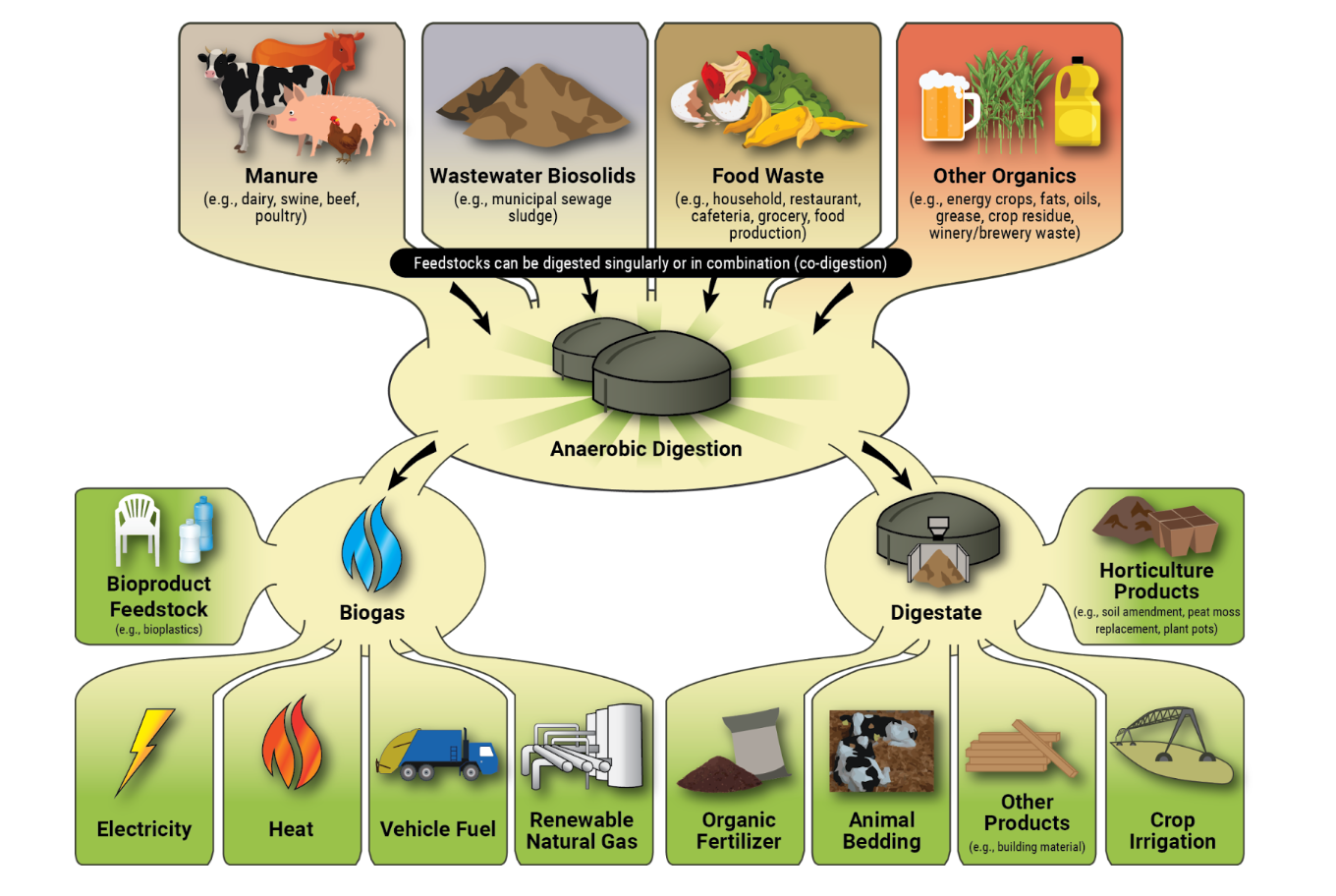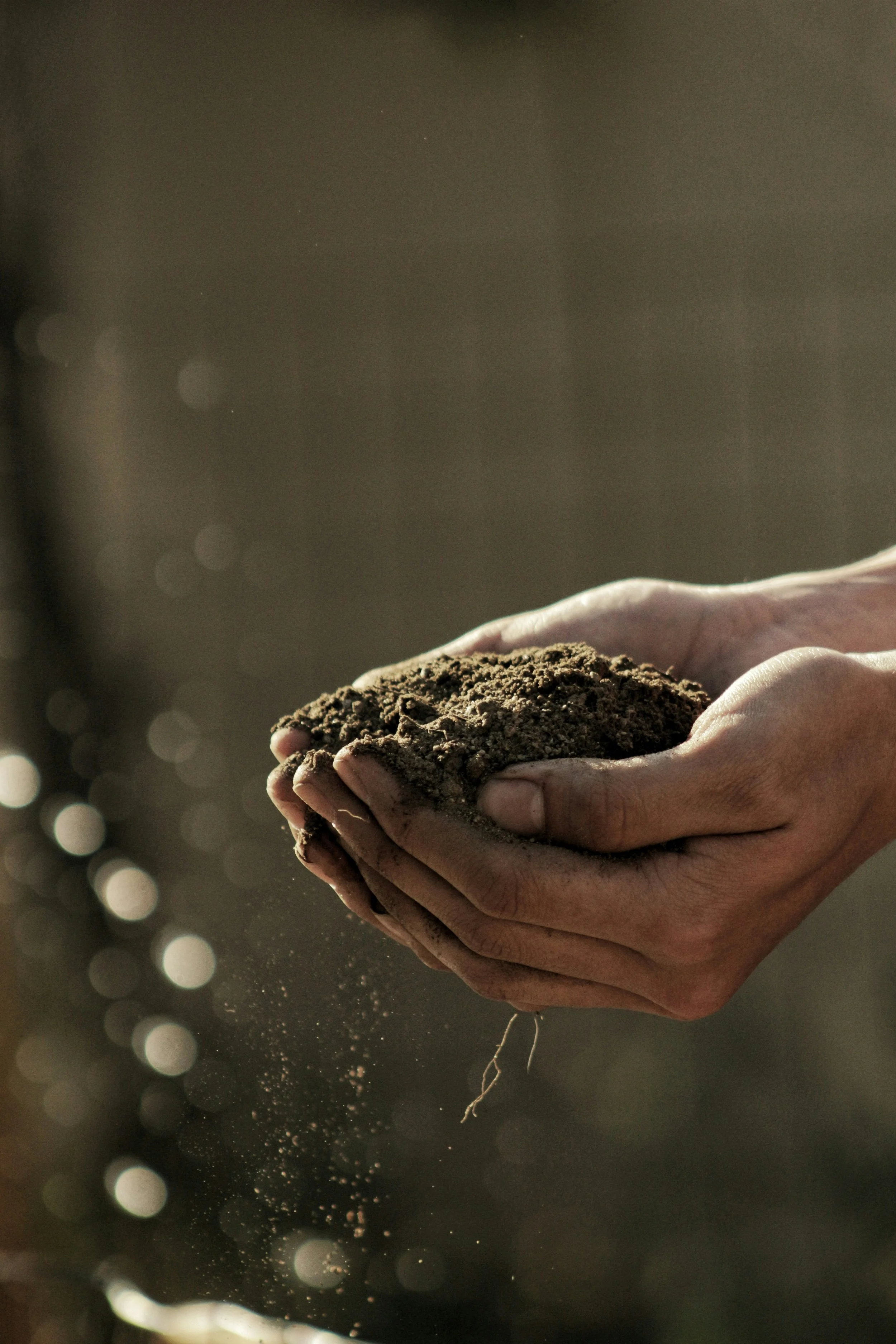
“biogas can play a key role in decarbonising the hardest-to-decarbonise sectors. There is no net zero without biogas.”
— Anaerobic Digestion and Biogas Association (ADBA)
What IS BIOgas and anaerobic digestion?
🌱 What is Biogas?
Biogas is a renewable energy source produced from organic waste like food scraps, manure, and plant material. Through a natural process called anaerobic digestion, bacteria break down these materials in an oxygen-free environment (biogas reactors), creating biogas—a mixture primarily composed of methane (CH₄) and carbon dioxide (CO₂).
THIs clean-burning fuel can be used for:
✔ Generating electricity & heat
✔ Producing renewable natural gas (RNG)
✔ Powering vehicles & industries
🔬 What is Anaerobic Digestion?
Anaerobic digestion (AD) is the biological process that makes biogas possible. Microorganisms break down organic matter in airtight tanks (digesters), creating:
🔥 Biogas – A sustainable energy source
🌱 Digestate – A nutrient-rich byproduct used as fertilizer
♻️ Why is Biogas Important?
✔ Reduces waste – Diverts organic materials from landfills
✔ Cuts greenhouse gas emissions – Converts methane into usable energy
✔ Creates energy independence – Provides local, renewable power



